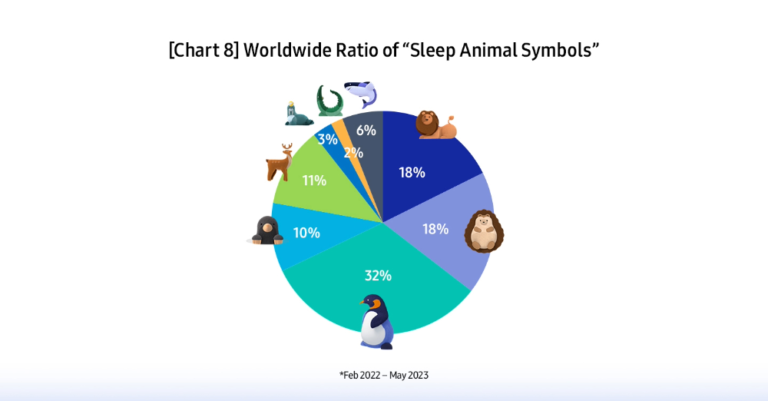A Long Hike With My Galaxy Watch
Recently, I had the opportunity to hike in the Eifel region of Germany.
The distance of the hike was rather long — 22km. Since I wasn’t the “trail keeper,” I decided to passively track my hike using my Galaxy Watch 4, without starting any active navigation apps like Komoot (article about my experiments with Komoot in Alps).
I charged my watch during my drive to the starting point. Therefore, I began my hike with 98% battery. I deactivated the always-on display (AOD) — the only setting adjustment I made to increase battery life. To further increase battery life, one can also disable Bluetooth, turn off raise to wake, disable activities auto-detection, and reduce screen brightness. I didn’t do any of these. Side note: I received and checked several notifications on the watch during my hike. Afterward, I started the “hike” exercise on my watch and began hiking.

It was a very pleasant, relaxing, and not particularly strenuous hike, which lasted 8 hours (7 hours 59 minutes) and covered a distance of 24.9 km with a 540 m elevation gain.






And what about my watch? After 8 hours of hiking, it still had 16% battery remaining:

So, 8 hours of GPS activity tracking (with light additional usage like checking notifications, time, and current hike progress) consumed 82% of the watch battery.
Not a bad result at all for a smartwatch that isn’t explicitly designed for endurance activities!
This also means that one can use the Galaxy Watch 4 to track a marathon as well (without listening from the watch, though), because a marathon usually needs to be completed within 7 hours, but finishing it in 5 hours is an expected result even for beginners.
Still, it is a good idea to start with a really full battery.
I also use my watch for swimming and in a gym.
PS: The Galaxy Watch 5 44mm and Galaxy Watch 5 Pro have bigger batteries than the Galaxy Watch 4 I “tested” here.






